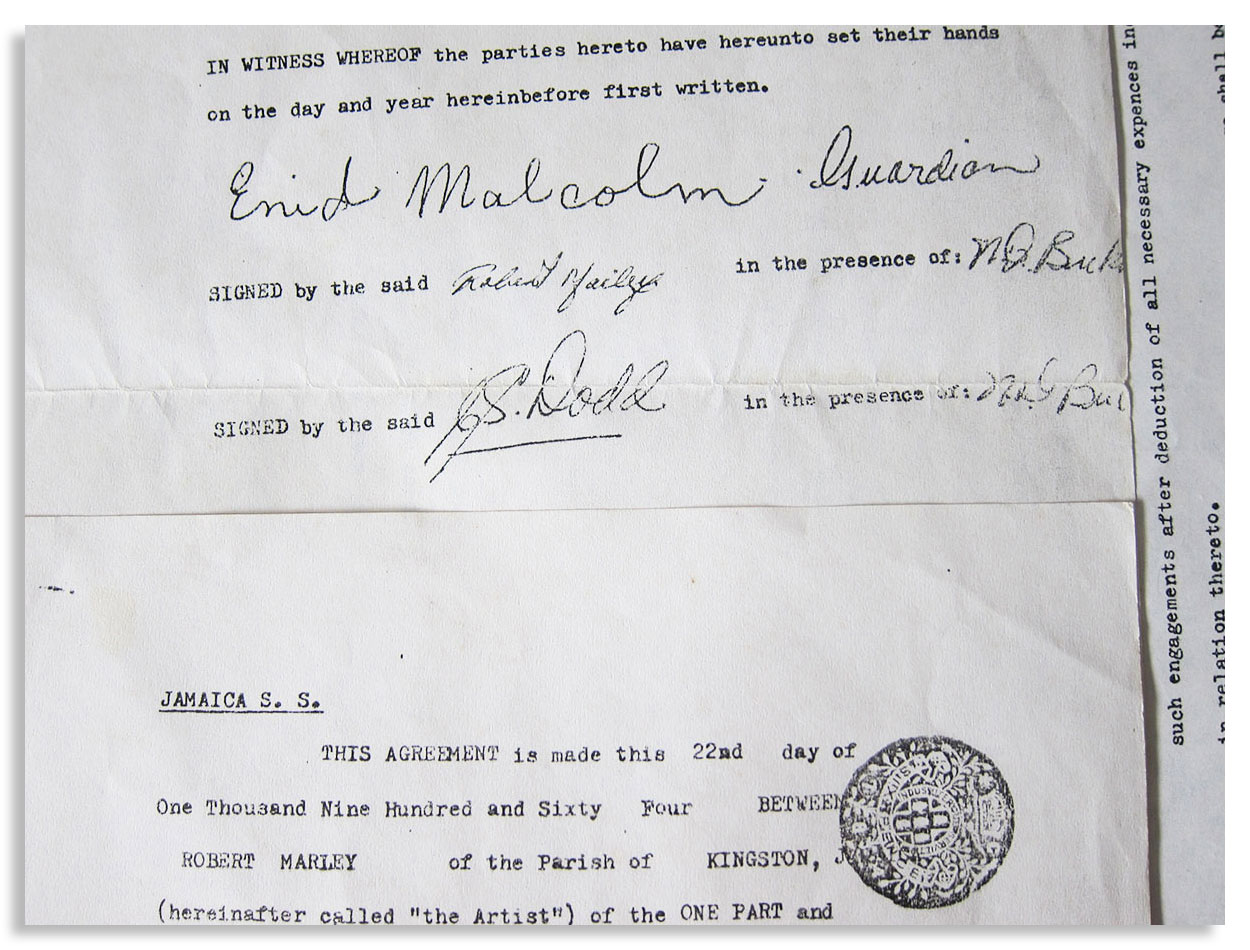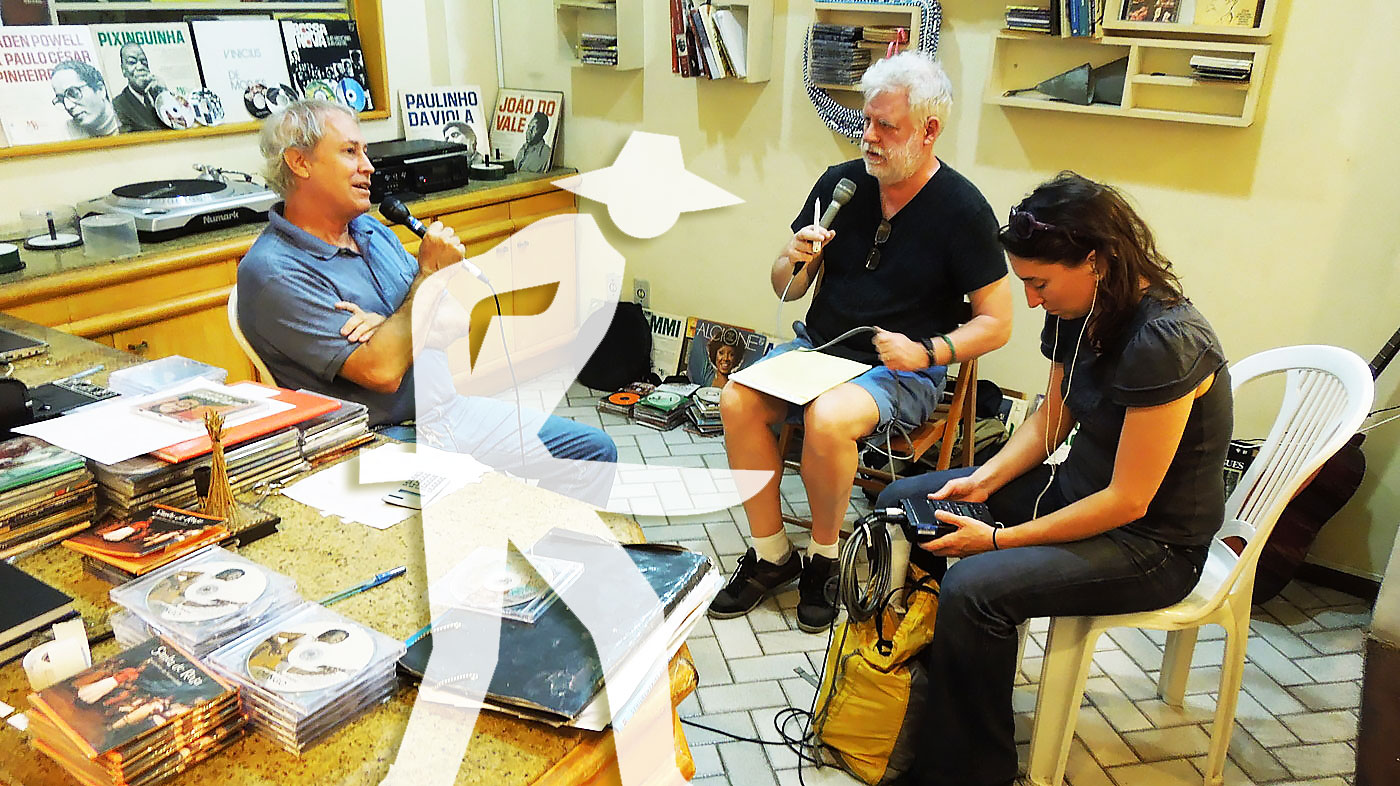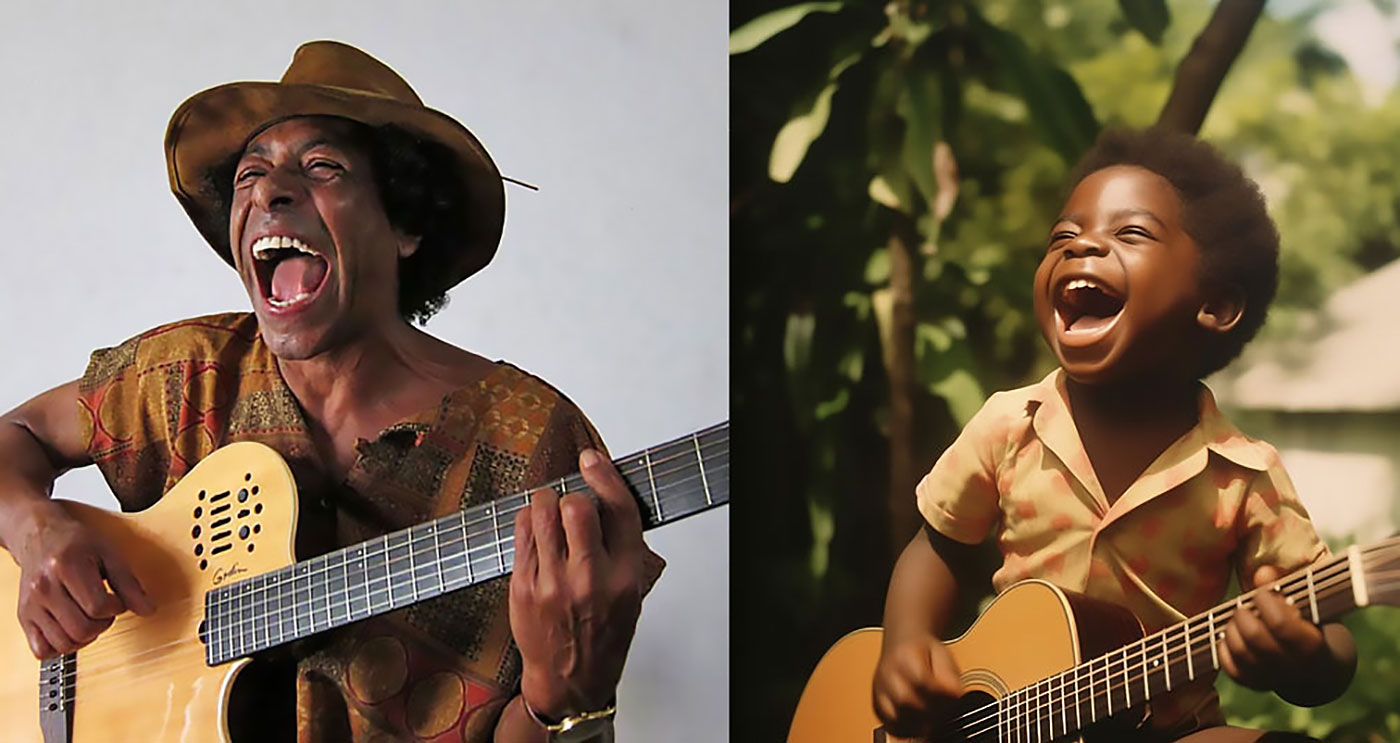CURATION
- from this page: by Augmented Matrix
Network Node
- Name: Monk Boudreaux
- City/Place: New Orleans, Louisiana
- Country: United States
Life & Work
-
Bio:
The New Orleans Mardi Gras Indian phenomenon is part music, part heritage, part ancestry, part revelry, part fashion, and oft misunderstood. Chief Monk Boudreaux is one of the most famous and enduring leaders of that culture and head of the Golden Eagle Mardi Gras Indian tribe. He admitted that he shared those feelings of confusion related to those traditions that he embraced long before he fully grasped them.
“My dad used to mask as an Indian,” he recalled. “We would get up at 4 o’clock in the morning, help him make his dress, watch him when he’d leave, stay out there, and wait for him to come back. As I got older, I started wondering why he was doing that. I never asked, but I knew there had to be a reason.
“Then I started building up my own Indian suit. I was 12 years old. My dad had stopped, so I went with another tribe. I was chief scout the first year. The second year I was spyboy. It’s a feeling you can’t explain, because it’s something deep inside of you.”
Boudreaux noted that his elders never spoke of the history of their traditions. “The older people didn’t talk about it. They were scared that if someone found out they were Indians, they would send them off to the reservations. Mardi Gras day was the only day that you could come out and be who you really were. My grandmother—my mother’s mom—she was on her dying bed. She called mom and said, ‘Tell Joseph not to leave until I get there.’ That’s when she told me we were Choctaw Indians. I was 27 or 28 years old at that time. Then I knew why I was doing it.”
Indeed, the history of the Mardi Gras Indian culture in New Orleans is complex, and accounts of its origins are sometimes inconsistent. An affinity shared between Native American and African American people, both of whom were enslaved and persecuted at various times in the city’s history, was clearly a driving force in those origins and the mixing of their cultures. Both ethnic groups also share an appreciation of tradition, and the unique New Orleans Mardi Gras Indian music, costumes, and rituals are a melding of influences from both cultures.
The costumes provide a spectacular visual backdrop that comes from the detailed and devoted efforts of the participants. Boudreaux explained the effort involved in preparing those costumes.
“You start off with a piece of canvas,” he explained. “You find a picture that you really like or you can draw something out of your imagination. You draw it on the canvas, and then you start beading. Just as if you were coloring something, you outline it. After you outline it you start filling in the colors. Then you go around it with rhinestones and start filling it out.
“You cut a jacket out of canvas, then you cover it with velvet. You line it with satin. You start putting your patches on. Then you make ruffles out of velvet, and start going around your patches with velvet ruffles. And that’s it!”
Boudreaux confided that the costumes take about eight or nine months to complete. One of the greatest concerns regarding the continuity of the Mardi Gras Indian tradition is whether subsequent generations will have the patience and devotion required to preserve it.
As for the music, Boudreaux was at first influenced by his elders in the neighborhood.
“All lot of the older men in the neighborhood used to sing every day,” said Boudreaux. “Ernie Benson, the blues singer, used to live in the neighborhood. His dad used to sing every day. I would come home from school, sit on the step, and listen to him sing. Another old man would sing everywhere he went. I would just walk behind him and listen.”
In terms of celebrities, one memorable star sparked his interest in pursuing music in a more dedicated manner. “When I was a kid, the first person that I heard that really inspired me about music was Al Jolson. I was real young then—about seven or eight years old. I used to just love to hear that man sing.”
As he became involved with the Indians, one of his mentors taught him a number of songs with the realization that he would one day be the chief. Soon thereafter, Boudreaux realized that he had a gift in terms of both performance and creativity.
“I started off singing Indian songs,” he said. “Later on I realized that I could sing just about anything that I wanted to. I could create my own music, and lyrics just come to me. If something stays on my mind, I can make a song out of it.”
Boudreaux is known for his long-time collaboration with Big Chief Bo Dollis and the Wild Magnolia group, though he left the group nearly a decade ago to form the Golden Eagle Mardi Gras Indians. His latest album Rising Sun is a collaboration with Reverend Goat Carson, a professed “Renegade Cherokee.”
As one might expect, the musical influences are diverse. “It’s like a gumbo,” said Boudreaux. “There’s a little bit of everything in it.”
Like so much of New Orleans music, an essential element is the appropriate rhythm that evokes participation from the audience.
“I have them hoppin’ and jumpin’ and havin’ a good time,” Boudreaux laughed. “Because they love the music and they love what I do. You can tell how they’re feeling by their reaction.”
He has found that great music can induce such emotions even with reluctant participants. “If you sit down and listen to Indian music and it’s got the right beat, it does something to you,” he added. “One time I was performing at a club in New York. A guy told me, ‘Monk, do you realize what you’ve done? You’ve got people dancing that don’t dance.’”
The New Orleans Jazz & Heritage Festival has increased the visibility of the music of the Mardi Gras Indians, a fitting reward, given their integral role in the festival during its infancy.
“We started Jazz Fest from day one,” said Boudreaux. “Quint (Davis, the Director of Jazz Fest) had us going out in the French Quarter to get people to come back to Jazz Fest. There are a lot of people at Jazz Fest looking for talent, and I’ve gotten a lot of gigs from that. It’s been happening for a long time.”
Like many artists, Boudreaux finds music to be a cathartic tool and a vehicle of expression in post-Katrina New Orleans. “The music now is more powerful. A lot of guys came back to be here where they were born into this music. And they’re putting everything they have into it. You can play your music somewhere else, but you won’t have that feeling that you have in New Orleans. Because this is where the music was born.”
Music has also become a vehicle for raising awareness of the plight of coastal erosion, a dynamic that contributed to the devastation caused by Hurricane Katrina, accelerated in its aftermath. Boudreaux joined forces with blues guitarist and singer/songwriter Tab Benoit and an all-star band of musicians in the project “Voice of the Wetlands.” The group recorded and performed songs aimed at raising awareness of this issue that is central to the viability of the region.
“Reuben Williams, my manager, is Tab’s manager also. When I start singing, Tab gets up there and starts playing guitar like he’s been doing this music all of his life. We did two albums for Voice of the Wetlands to let people know what’s happening down here.”
Boudreaux closed by passing on a message to Jazz Fest visitors regarding the never-ending access to music and celebration during the festival period.
“If you’re looking for a good time, then New Orleans is the place to be. And Jazz Fest is really the place to be. When Jazz Fest is over, you can go to any club and they’ll be getting’ down. There’s no ending.”
Contact Information
-
Management/Booking:
MANAGEMENT
Reuben Williams
Thunderbird Management Group
[email protected]
Media | Markets
- ▶ YouTube Music: http://music.youtube.com/channel/UCxqeGrKSOgx2QnCPpm_JISQ
- ▶ Spotify: http://open.spotify.com/album/5H5loW7aKraS3pVG4BnSLP
- ▶ Spotify 2: http://open.spotify.com/album/6J8WTd0tZUHBZWnKTFRRn2
- ▶ Spotify 3: http://open.spotify.com/album/5yVWOrBY9qtaB5IpPs9tjX
- ▶ Spotify 4: http://open.spotify.com/album/1MQfSpM3fygYVpZwl1iXAe
Clips (more may be added)
The Matrix is a small world network. Like stars coalescing into a galaxy, creators in the Matrix mathematically gravitate to proximity to all other creators in the Matrix, no matter how far apart in location, fame or society. This gravity is called "the small world phenomenon". Human society is a small world network, wherein over 8 billion human beings average 6 or fewer steps apart. Our brains contain small world networks...
![]() Wolfram MathWorld on the Small World Phenomenon
Wolfram MathWorld on the Small World Phenomenon
![]() Matemática Wolfram sobre o Fenômeno Mundo Pequeno
Matemática Wolfram sobre o Fenômeno Mundo Pequeno
"In a small world, great things are possible."

It's not which pill you take, it's which pathways you take. Pathways originating in the sprawling cultural matrix of Brazil: Indigenous, African, Sephardic and then Ashkenazic, European, Asian... Matrix Ground Zero is the Recôncavo, contouring the Bay of All Saints, earthly center of gravity for the disembarkation of enslaved human beings — and the sublimity they created — presided over by the ineffable Black Rome of Brazil: Salvador da Bahia.
("Black Rome" is an appellation per Caetano Veloso, son of the Recôncavo, via Mãe Aninha of Ilê Axé Opô Afonjá.)
"Dear Sparrow: I am thrilled to receive your email! Thank you for including me in this wonderful matrix."
—Susan Rogers: Personal recording engineer for Prince, inc. "Purple Rain", "Sign o' the Times", "Around the World in a Day"... Director of the Berklee Music Perception and Cognition Laboratory
"Thanks! It looks great!....I didn't write 'Cantaloupe Island' though...Herbie Hancock did! Great Page though, well done! best, Randy"
"We appreciate you including Kamasi in the matrix, Sparrow."
—Banch Abegaze: manager, Kamasi Washington
"This is super impressive work ! Congratulations ! Thanks for including me :)))"
—Clarice Assad: Pianist and composer with works performed by Yo Yo Ma and orchestras around the world
"Dear Sparrow, Many thanks for this – I am touched!"
—Julian Lloyd-Webber: UK's premier cellist; brother of Andrew Lloyd Webber (Evita, Jesus Christ Superstar, Cats, Phantom of the Opera...)
"Thanks, this is a brilliant idea!!"
—Alicia Svigals: World's premier klezmer violinist
Developed here in the Historic Center of Salvador da Bahia ↓ .
![]() Bule Bule (Assis Valente)
Bule Bule (Assis Valente)
"♫ The time has come for these bronzed people to show their value..."
Production: Betão Aguiar
MATRIX MODUS OPERANDI
Recommend somebody and you will appear on that person's page. Somebody recommends you and they will appear on your page.
Both pulled by the inexorable mathematical gravity of the small world phenomenon to within range of everybody inside.
And by logical extension, to within range of all humanity outside as well.
MATRIX (PARDAL)
I'm Pardal here in Brazil (that's "Sparrow" in English). The deep roots of this project are in Manhattan, where Allen Klein (managed the Beatles and The Rolling Stones) called me about royalties for the estate of Sam Cooke... where Jerry Ragovoy (co-wrote Time is On My Side, sung by the Stones; Piece of My Heart, Janis Joplin of course; and Pata Pata, sung by the great Miriam Makeba) called me looking for unpaid royalties... where I did contract and licensing for Carlinhos Brown's participation on Bahia Black with Wayne Shorter and Herbie Hancock...
...where I rescued unpaid royalties for Aretha Franklin (from Atlantic Records), Barbra Streisand (from CBS Records), Led Zeppelin, Mongo Santamaria, Gilberto Gil, Astrud Gilberto, Airto Moreira, Jim Hall, Wah Wah Watson (Melvin Ragin), Ray Barretto, Philip Glass, Clement "Sir Coxsone" Dodd for his interest in Bob Marley compositions, Cat Stevens/Yusuf Islam and others...
...where I worked with Earl "Speedo" Carroll of the Cadillacs (who went from doo-wopping as a kid on Harlem streetcorners to top of the charts to working as a janitor at P.S. 87 in Manhattan without ever losing what it was that made him special in the first place), and with Jake and Zeke Carey of The Flamingos (I Only Have Eyes for You)... stuff like that.

Yeah this is Bob's first record contract, made with Clement "Sir Coxsone" Dodd of Studio One and co-signed by his aunt because he was under 21. I took it to Black Rock to argue with CBS' lawyers about the royalties they didn't want to pay (they paid).
MATRIX MUSICAL
I built the Matrix below (I'm below left, with David Dye & Kim Junod for U.S. National Public Radio) among some of the world's most powerfully moving music, some of it made by people barely known beyond village borders. Or in the case of Sodré, his anthem A MASSA — a paean to Brazil's poor ("our pain is the pain of a timid boy, a calf stepped on...") — having blasted from every radio between the Amazon and Brazil's industrial south, before he was silenced. The Matrix started with Sodré, with João do Boi, with Roberto Mendes, with Bule Bule, with Roque Ferreira... music rooted in the sugarcane plantations of Bahia. Hence our logo (a cane cutter).
A Massa (do povo carente) / The Masses (of people in need)

-
Add to my PlaylistA Massa - Raymundo Sodré (7,093 plays)
-
Add to my PlaylistSina de Cantador - Raymundo So... (6,909 plays)
-
Add to my PlaylistMagnetismo - Raymundo Sodré ... (6,353 plays)
-
Add to my PlaylistSacando a Cana - Raymundo Sodr... (5,957 plays)
-
Add to my PlaylistMêrêrê - Raymundo Sodré (5,465 plays)
-
Add to my PlaylistJardim do Amor - Raymundo Sodr... (4,677 plays)
-
Add to my PlaylistDebaixo do Céu - Raymundo Sodr... (4,151 plays)
-
Add to my PlaylistDesejo de Amar - Raymundo Sodr... (3,861 plays)
-
Add to my PlaylistOração pra Yá Oxum - Raymundo ... (3,741 plays)
-
Add to my PlaylistYá África - Raymundo Sodré (3,509 plays)
-
Add to my PlaylistMeu Rio, Cadê o Papel - Raymun... (3,177 plays)
-
Add to my PlaylistCasa de Trois - Raymundo Sodré... (2,896 plays)
-
Add to my PlaylistMulher é Laço que Prende o Coração do Vaqueiro - R... (2,556 plays)










































































































































































































































































































































































































































































